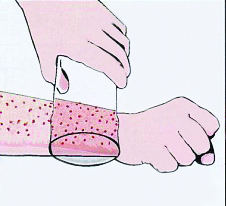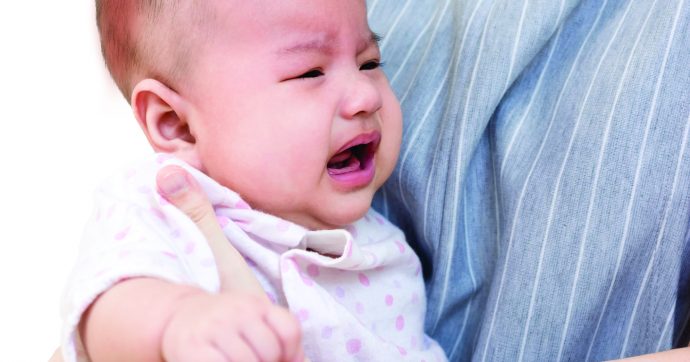Meningitis occurs when the protective membranes that cover the brain and spinal cord – known as the meninges – become inflamed. This can happen if a viral or bacterial infection spreads to the meninges.
There are several other possible causes such as fungal infection (inhalation of fungal spores), parasites, amoeba, cancer, certain drugs, and even some injuries. However, compared to viral or bacterial meningitis, these other forms are rare.
Potentially fatal
Between viral and bacterial meningitis, the viral meningitis is more common but also tends to be less serious with fewer deaths or lifelong consequences resulting from the illness.
For bacterial meningitis, approximately half of the cases occur in children under 5 years old, and infants have a higher risk of death. Bacterial meningitis often has severe consequences that include complications such as brain damage, hearing loss, or learning disabilities later in life. Worse, one out of 10 cases of bacterial meningitis can result in death.
There are three main types of bacteria that can cause meningitis, namely Haemophilus influenzae type b, Streptococcus pneumoniae and Neisseria meningitidis. In the case of N. meningitidis, up to 20% of people are asymptomatic carriers. The bacteria is present in their respiratory system but they do not show any signs or symptoms, and does not make them ill. The bacteria can easily be transmitted from person-to-person through sneezing, coughing, kissing or fluids from the mouth or throat of these carriers.
Recognising bacterial meningitis
In infants, signs to watch out for include high fever, constant crying, excessive sleepiness or irritability, inactivity or sluggishness, poor feeding,
a bulging fontanelle (the soft spot on an infant’s head) and stiffness in an infant’s body and neck.
Children older than two years may have symptoms such as sudden high fever, severe headache, stiff neck, vomiting or nausea with headache, confusion or difficulty concentrating, seizures, sleepiness or difficulty waking up, sensitivity to light, and loss of thirst or appetite. Signs of purpuric rash are a classic symptom of bleeding under the skin.
Meningitis is not always easy to recognise as some of its symptoms are similar to flu or the common cold. However, do not take them lightly and seek immediate medical attention if your child has any of the signs or symptoms. Time is critical – bacterial meningitis can cause death in as early as 24 hours from the moment the initial symptoms appear. It is preferable to quickly rule out meningitis rather than delaying until it is too late for treatment.
Who’s at risk?
The people at greatest risk of infection are the young (especially children below five years old), those above 55 years of age, people with weakened immune systems, pregnant women, people who live in dormitories, travellers who visit the ‘meningitis belt’ in the sub-Saharan African region and those who travel to Mecca during the annual Hajj and Umrah pilgrimage.
The glass test

Fever with spots or rashes that do not fade under pressure is a medical emergency.
Prevention is the best protection
When it was found that H. influenza type b was the single commonest cause of bacterial meningitis in Malaysia, the Health Ministry included the H. Influenza type b (Hib) vaccine in the National Immunisation Programme (NIP) in 2002.
Unfortunately, while there are vaccines available for the other bacteria, they are not included in the NIP. This is worrying as it is children below five years old who are at risk from these deadly microorganisms, and children below two are particularly susceptible.
Vaccination is something that you should seriously consider in order to protect children, adolescents and the elderly. While bacterial meningitis is not a common disease, it can have a devastating impact when it does occur.
The distressing consequences can negatively impact the lives of patients and their families. It can be heart-breaking to have to deal with the death of an infant, or to cope with potential severe deafness and intellectual disability in survivors. Instead of taking the risk, get your child vaccinated in order to prevent this deadly disease.
An educational contribution by Malaysian Paediatric Association.






Comments